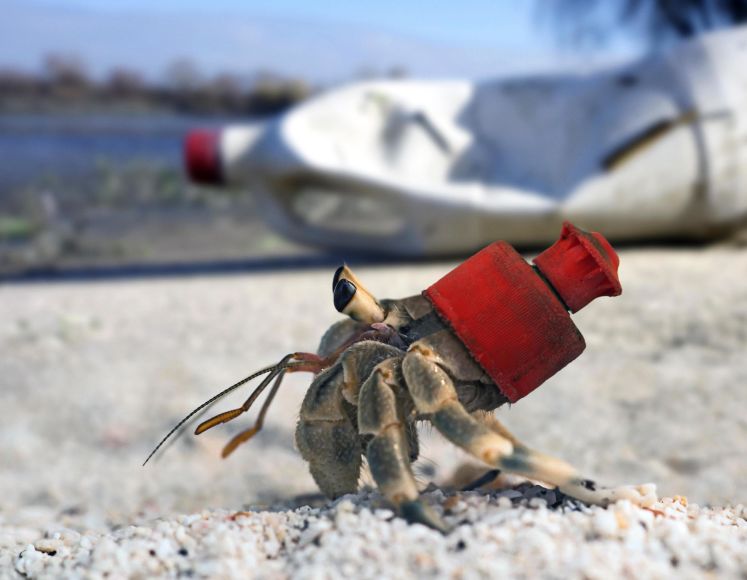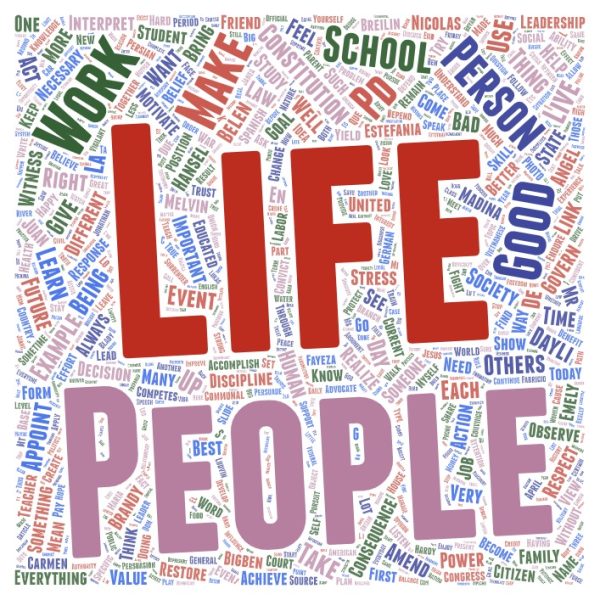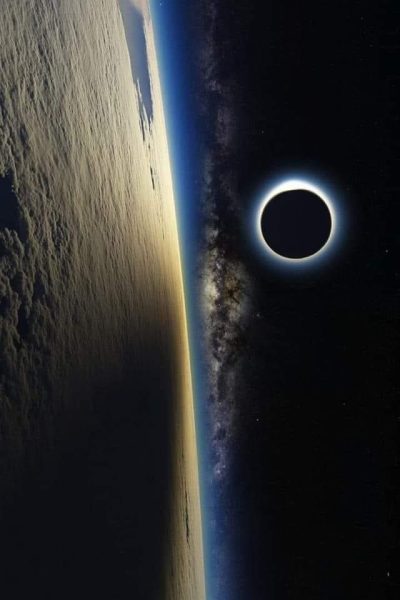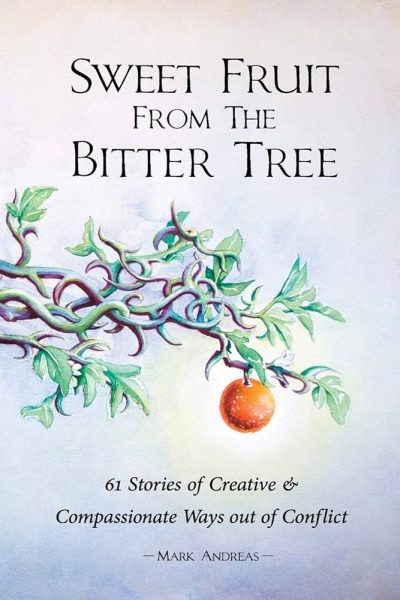The Problems & Solutions of the Oceans
In my life every year I would visit the ocean, I like to go because it is an unforgettable experience, in my country every summer I would go to the beach, I would explore the ocean it was great. Almost three quarters of the world’s population live within 50km of the sea, but only 5% of the ocean has been explored and charted by humans. What questions do you have about the Oceans? What is your experience with the Sea?
Today, we know that the ocean makes up about 71% of the Earth’s surface, and it is the biggest ecosystem of the planet, holding 99% of all habitable space in the world. As much as we try to picture its vastness, however, it remains almost incomprehensible.
The five main ocean basins, the Pacific, Atlantic, Indian, Arctic and Southern Oceans contain 94% of the world’s wildlife and 97% of all the water on our blue planet.
Despite the central role it obviously plays in our planet’s balance, and the appeal the ocean has held to men since the beginning of time, we actually do not know much about its mysteries. In fact, most of the waters remain unexplored, uncharted and unseen by our eyes.
Marine Pollution
Marine pollution is a combination of chemicals and trash, most of which comes from land sources and is washed or blown into the ocean. This pollution results in damage to the environment, to the health of all organisms, and to economic structures worldwide.

Marine pollution is a growing problem in today’s world. Our ocean is being flooded with two main types of pollution: chemicals and trash.
Chemical contamination, or nutrient pollution, is concerning for health, environmental, and economic reasons. This type of pollution occurs when human activities, notably the use of fertilizer on farms, lead to the runoff of chemicals into waterways that ultimately flow into the ocean. The increased concentration of chemicals, such as nitrogen and phosphorus, in the coastal ocean promotes the growth of algal blooms, which can be toxic to wildlife and harmful to humans. The negative effects on health and the environment caused by algal blooms hurt local fishing and tourism industries.
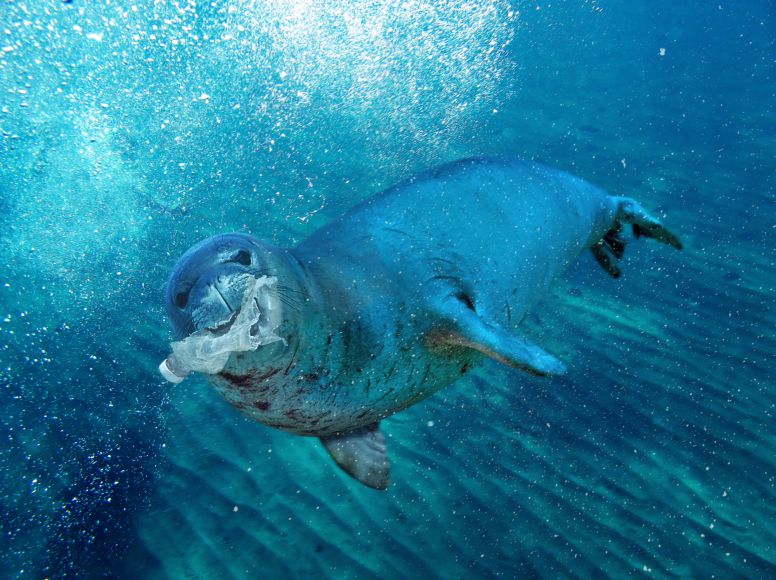
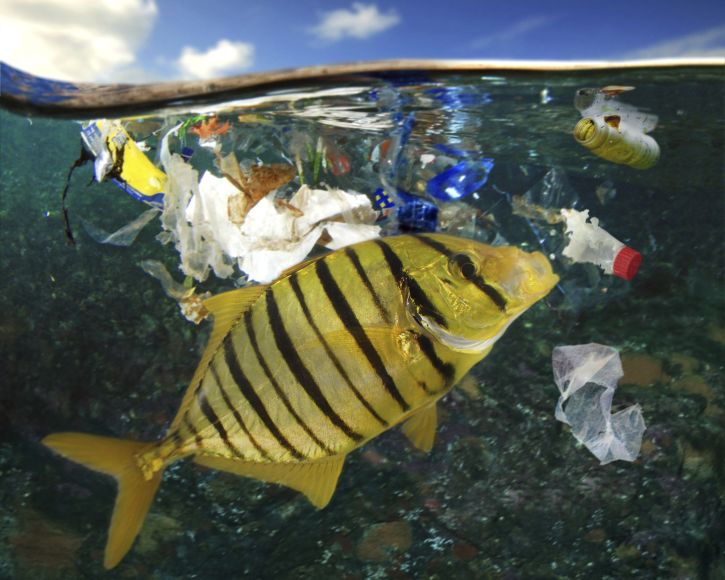
Marine trash encompasses all manufactured products—most of them plastic—that end up in the ocean. Littering, storm winds, and poor waste management all contribute to the accumulation of this debris, 80 percent of which comes from sources on land. Common types of marine debris include various plastic items like shopping bags and beverage bottles, along with cigarette butts, bottle caps, food wrappers, and fishing gear. Plastic waste is particularly problematic as a pollutant because it is so long-lasting. Plastic items can take hundreds of years to decompose.
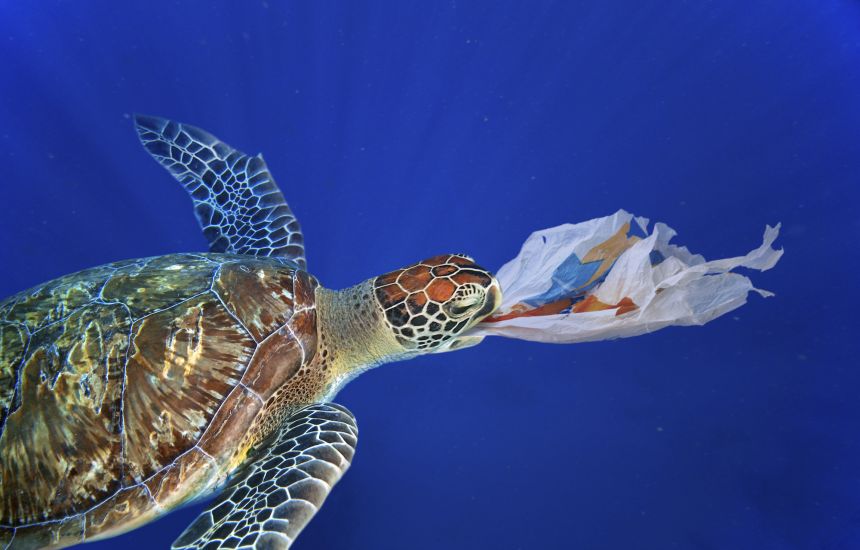
This trash poses dangers to both humans and animals. Fish become tangled and injured in the debris, and some animals mistake items like plastic bags for food and eat them. Small organisms feed on tiny bits of broken-down plastic, called microplastic, and absorb the chemicals from the plastic into their tissues. Microplastics are less than five millimeters (0.2 inches) in diameter and have been detected in a range of marine species, including plankton and whales. When small organisms that consume microplastics are eaten by larger animals, the toxic chemicals then become part of their tissues. In this way, the microplastic pollution migrates up the food chain, eventually becoming part of the food that humans eat.
PLASTIC POLLUTION
Plastic is ubiquitous in our daily lives. Some plastics we can reuse or recycle, and many play important roles in areas like medicine and public safety, but other items, like straws, are designed for single use. In fact, more than 40 percent of plastic is used just once before being thrown away, where it remains in the environment for a long, long time. It often breaks down into smaller and smaller particles, called microplastics, which can be ingested by both animals and people. Fortunately, there are things we can do to help, like stop using plastic bags, straws, and bottles, recycle when we can, and dispose of waste properly. – NATIONAL GEOGRAPHIC
The Above video was made by professors in Australia.
There is a GARBAGE PATCH in each of our OCEAN BASINS but what can we do about it?
- Stop using single use plastic bags and water bottles.
- Replace all plastic with reusable containers.
- Recycle any plastic.
- Increase awareness in others.
Carbon Dioxide causes Ocean Acidification.
How can we reduce the production of Carbon Dioxide?
- The Ocean is part of an essential life cycle. If we use less fossil fuels we produce less carbon.
- If we allow the biodiversity of Oceans to recover by responsible fishing and sea life consumption then Oceans will remain a big protection against the dangers of too much Carbon Dioxide.
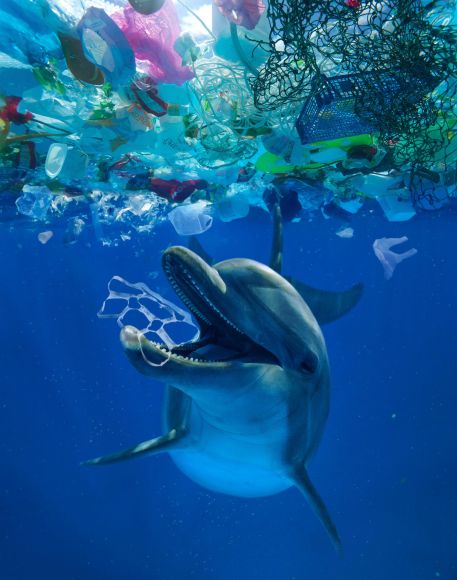
In the video below we imagine how learning more about the Oceans can lead to new solutions in cleaning up our planet for the future.
